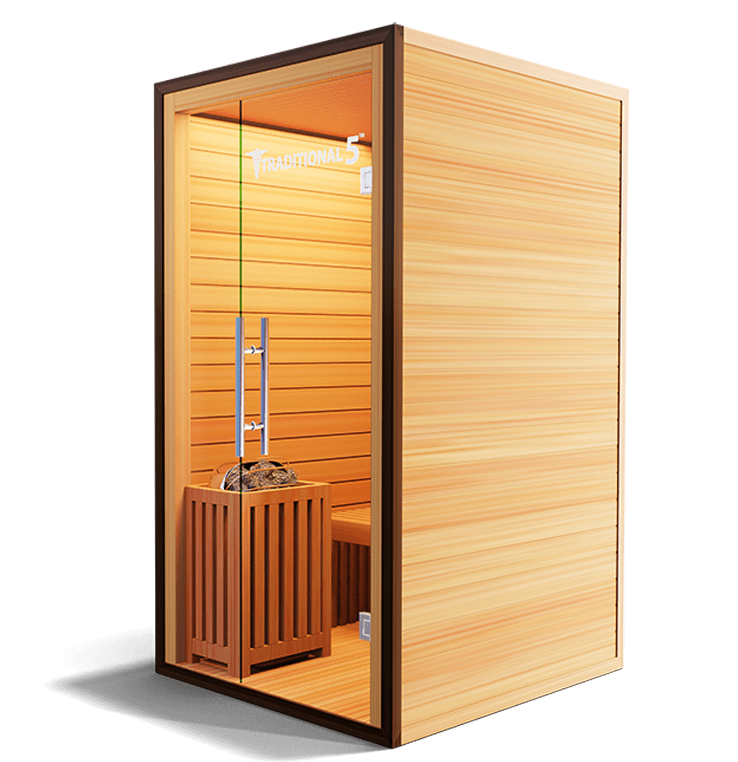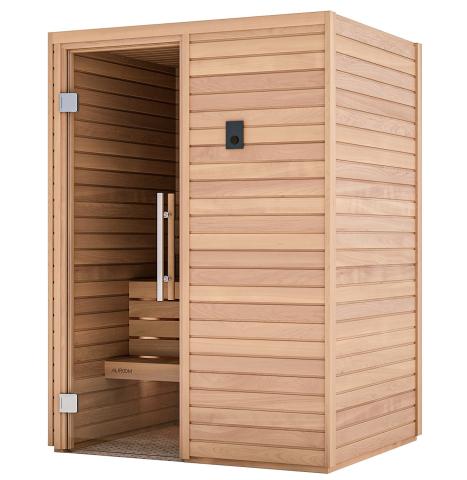Everything about Traditional Sauna
Everything about Traditional Sauna
Blog Article
Get This Report about Traditional Sauna
Table of ContentsEverything about Traditional SaunaThe 5-Minute Rule for Traditional SaunaThe Main Principles Of Traditional Sauna Unknown Facts About Traditional SaunaTop Guidelines Of Traditional Sauna
The majority of the weight lost in a sauna is water loss and is re-gained upon rehydrating. Without a question sauna can be an essential component of a healthy weight loss program. To consider the differences between typical and IR saunas, I will separate these right into proven, theoretical, and fabricated distinctions.Hence, the most popular point in the saunawhich goes to the ceiling directly over the sauna heateris commonly between 185 and 190 F. Claims that a standard sauna exceeds 200 F is merely not true and not appropriate for electric saunas offered in the US. The temperature level for a far-infrared sauna is typically set in between 120 and 140 F; nevertheless, unlike the traditional sauna, the goal in and IR area is not to accomplish a heat.
As a result of this, the temperature distinction is almost irrelevant, given that excessive sweating causes both sauna types, but the approach of warming the body is various. In an IR sauna the bather will feel warm and will sweat a lot, yet at a lot reduced temperature levels (Traditional Sauna). Hence, if the goal is to spend longer periods of time in the sauna, the IR sauna is a good selection
When a standard sauna has actually been appropriately heated, the sauna walls are warm, the air temperature level has actually accomplished established temperature level and the rocks are super heated. As a fascinating side note, the warmed walls and the rocks are releasing far-infrared warmth, integrated with the heated air, to produce an "wrapping up heat".
What Does Traditional Sauna Do?

When the high temperature level is accomplished, the aspects cycle on and off to maintain the high temperature level. Most traditional sauna customers appreciate putting water over the rocks to produce steam to elevate sauna humidity levels. The benefits of putting water over the rocks include: making the room much more comfortable, dampening the nasal passages, and allowing the usage of aromatherapy by blending crucial oils with the water.

When the energy gets in the body, it causes the body temperature to increase and ultimately causes perspiration. In an infrared sauna it is necessary for the emitters/heaters to stay on almost frequently. Given that there is no mass of rocks to keep warmth, the sauna will certainly cool if the emitters shut down.
As discussed over, the sauna bather in an infrared area wishes to place himself in front of operating emitters to obtain maximum benefit from the warm. The heating time for both spaces can be extremely various, relying on just how the areas are utilized. For a traditional sauna, a bather should allow 30-40 minutes for the room to achieve a preferred temperature level and to properly pre-heat the rocks.
The 30-Second Trick For Traditional Sauna
A well built sauna will normally attain a temperature of 150-160 F in about 30-40 minutes. For hotter temperatures, the space might require to heat for a longer duration. As soon as the area achieves set temperature level, the heating system will certainly cycle on and off, typically running regarding 50% of the moment. The protected walls and the heated rocks will keep the space hot and at stable temperatures.

Typical saunas have a tendency to be larger (therefore make use of even more electricity) than infrared saunas, although conventional saunas are absolutely readily available in one and two person sizes. For a two-person traditional sauna, 5x6 or 5x7 size is most preferred. The top bench can comfortably seat 2 or three individuals and is also enough time to relax throughout the sauna session.
Little Known Facts About Traditional Sauna.
The ordinary price per kWH of electrical power in the U.S. is about $0.11, so a 4.5 kW heater will see this site certainly cost approximately $.50 to run for one hour, if the heating unit runs constantly for one hour. Usually a sauna heater will compete 75% of the initial hour and 50% of succeeding hours on given that the components cycle once the set temperature is accomplished.

Finally, there is a hardly ever reviewed like it difference in the social experience between the 2 areas. While our society has shed a few of the social advantage of the standard sauna experience, it can be really socially gratifying (Traditional Sauna). From family time in the sauna, to heart-felt conversations with better halves, to sauna partiesthe typical sauna experience can result in intimate mingling
Traditional Sauna - Truths
Most higher end infrared rooms include tinted light treatment, sound systems and full-glass fronts.
Report this page